Increased Regulatory Standards
The Time Temperature Indicator Labels Market is significantly influenced by increased regulatory standards across various sectors. Governments and regulatory bodies are implementing stricter guidelines to ensure product safety, particularly in the food and pharmaceutical industries. These regulations often mandate the use of time temperature indicators to monitor and document the conditions under which products are stored and transported. Compliance with these regulations not only protects consumers but also enhances brand reputation for manufacturers. As a result, companies are increasingly investing in time temperature indicator solutions to meet these requirements, which is likely to drive market growth. The market is expected to see a notable increase in demand as businesses strive to adhere to evolving regulatory landscapes.
Rising Demand for Food Safety Solutions
In the Time Temperature Indicator Labels Market, the rising demand for food safety solutions is a critical driver. As consumers become more health-conscious, the need for effective monitoring of food products during transportation and storage has intensified. Time temperature indicators serve as a vital tool in ensuring that food products remain within safe temperature ranges, thereby reducing the risk of spoilage and foodborne illnesses. The food and beverage sector is increasingly adopting these labels to comply with stringent safety regulations, which is expected to propel market growth. Reports indicate that the food safety segment alone could account for a substantial share of the market, reflecting the growing emphasis on quality assurance in food supply chains.
Consumer Awareness and Demand for Transparency
In the Time Temperature Indicator Labels Market, increasing consumer awareness and demand for transparency are pivotal drivers. Modern consumers are more informed and concerned about the quality and safety of the products they purchase. This heightened awareness has led to a growing expectation for brands to provide clear information regarding product handling and storage conditions. Time temperature indicators serve as a transparent solution, allowing consumers to verify that products have been stored correctly. As brands respond to this demand for transparency, the adoption of time temperature labels is likely to increase. This trend not only enhances consumer trust but also encourages manufacturers to prioritize quality control, thereby contributing to the overall growth of the market.
Expansion of E-commerce and Cold Chain Logistics
The Time Temperature Indicator Labels Market is benefiting from the expansion of e-commerce and cold chain logistics. As online shopping continues to grow, the demand for efficient and reliable delivery of temperature-sensitive products has surged. Time temperature indicators play a crucial role in ensuring that products such as pharmaceuticals, perishables, and other sensitive items are maintained at appropriate temperatures throughout the supply chain. This trend is likely to drive the adoption of time temperature labels, as businesses seek to enhance their logistics capabilities and provide assurance to consumers regarding product quality. The cold chain logistics sector is projected to grow at a rapid pace, further fueling the demand for innovative time temperature solutions.
Technological Innovations in Time Temperature Indicator Labels
The Time Temperature Indicator Labels Market is experiencing a surge in technological innovations that enhance the functionality and reliability of these labels. Advanced materials and printing technologies are being developed, allowing for more accurate temperature readings and longer shelf lives. For instance, the integration of smart technology into labels enables real-time monitoring and data logging, which is particularly beneficial for sensitive products such as pharmaceuticals and perishable goods. This trend is likely to drive market growth, as businesses increasingly seek to adopt these advanced solutions to ensure product integrity and compliance with safety standards. The market is projected to expand significantly, with estimates suggesting a compound annual growth rate of over 10% in the coming years.


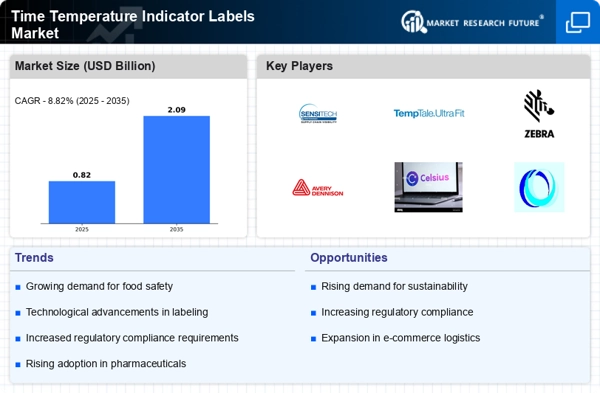
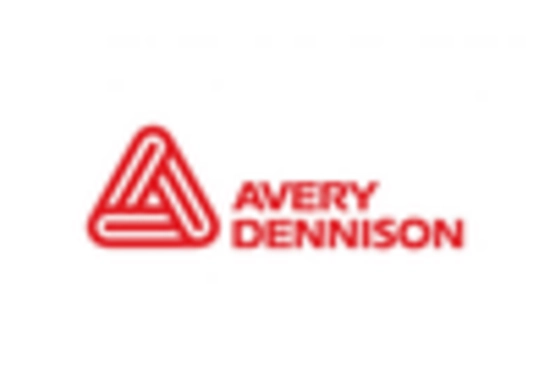
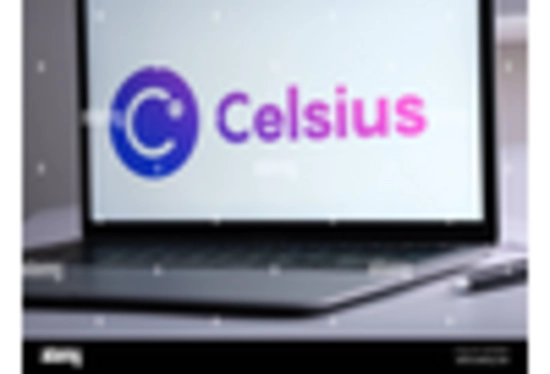
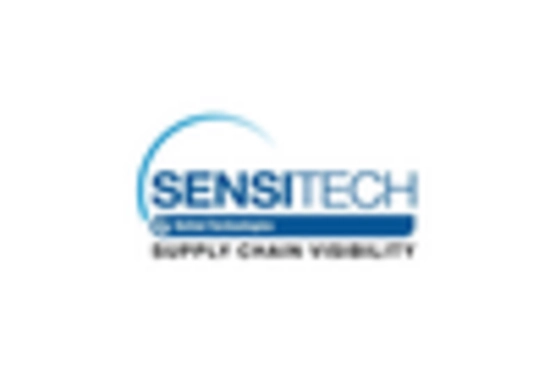
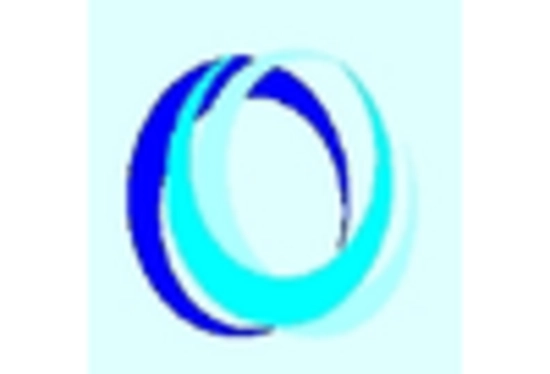
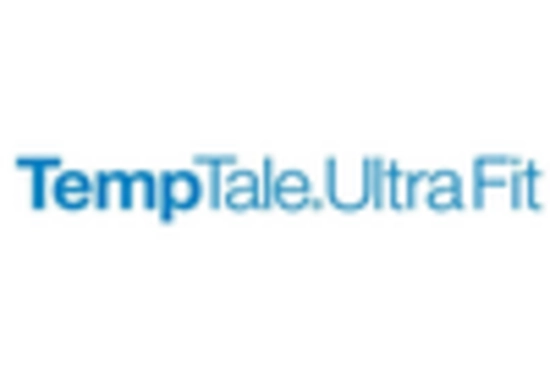
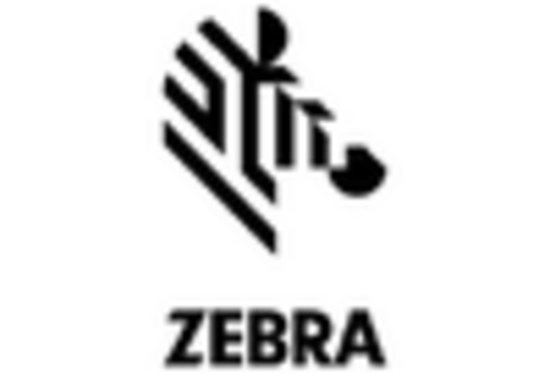








Leave a Comment